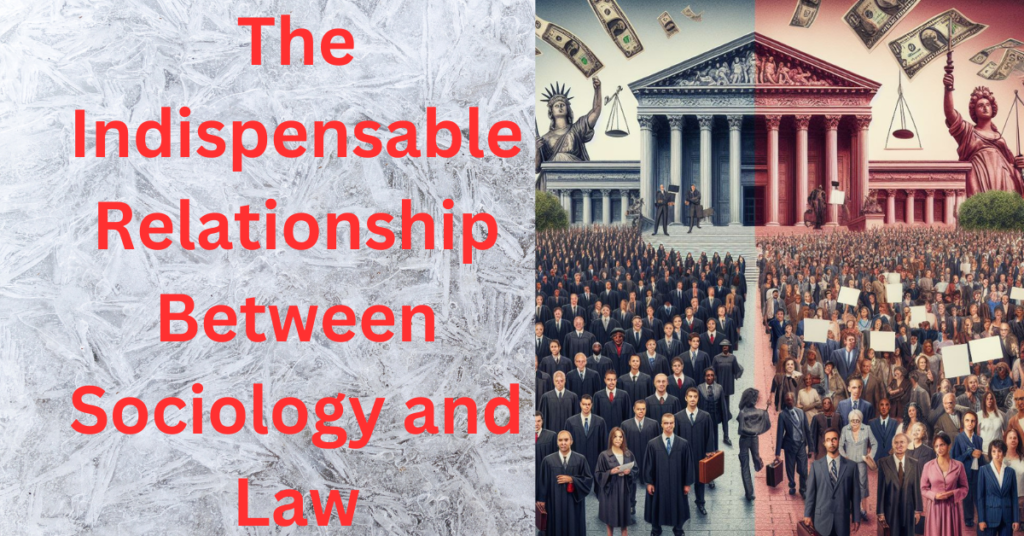Dr. Ashwani Kumar and Arvind
“An Emotion is an Energy in Motion and all energies search vent, laws although not prescribe for an accepted or lawful vent, they (laws) do prescribe for the unaccepted vents and it is these unaccepted vents that are termed as – “CRIME”.
In the context of contemporary society, anger is an inherent and universal aspect of human emotions, exerting a substantial impact on mental well-being depending on how it is expressed and managed. The dynamics of anger within modern societies are molded by a complex interplay of factors, including cultural norms, social expectations, and individual coping mechanisms. These elements collectively influence the diverse ways in which individuals navigate and address their emotional experiences, particularly those related to anger. Understanding and effectively managing these dynamics is crucial for nurturing healthy emotional expression and overall mental health in the modern world.

Certainly, there are instances where individuals face challenges in expressing their anger constructively. In certain situations, societal norms discourage the open expression of anger, leading individuals to internalize these emotions. The repercussions of repressed or unexpressed anger can be substantial, potentially contributing to elevated stress levels and, in some cases, acting as a precursor to conditions like depression. Recognizing and appropriately managing anger is a crucial aspect of maintaining mental well-being, emphasizing the importance of addressing this emotion in a healthy and constructive manner.
Medium of Vent in Traditional Societies
“The medium of vent was institutionalized within social boundaries and a hierarchy for vent existed on the same model of Caste system”
Traditional societies were characterized by relatively limited connectivity among larger groups, wherein individuals had distinct opportunities for the management of anger. A case in point is traditional Indian society, where the caste system afforded those in higher castes the liberty to openly express their anger towards individuals in lower castes. This hierarchical structure not only permitted but also institutionalized the venting of anger within defined social boundaries.
Dr. Ashwani Kumarin his article “Sociology of Animals” suggests that individuals with less societal power might have channeled their anger by directing it towards animals. This unconventional yet accepted means of emotional expression highlights the unique ways in which traditional societies provided outlets for individuals with varying power dynamics to manifest their anger.
The social structures and norms inherent in traditional settings often facilitated specific channels for the venting or manifestation of anger, acknowledging the human need for emotional expression within established boundaries. These outlets, although embedded in hierarchical frameworks, served as mechanisms for releasing pent-up emotions and contributed to the overall emotional equilibrium within these societies. Understanding the historical dynamics of anger management in traditional contexts offers insights into the evolving ways in which societies have navigated this complex emotion over time.
Medium of Vent in Modern Societies
“A necessity for establishing emotional Equilibrium in the Society”
Contrary to the Traditional Societies, wherein the interdependence was limited and sufficient and institutionalized medium of vents existed , the modern society has shrinking anger spaces or medium of vents, which has resulted in an emotional disequilibrium and may be a potential cause for increase in crime rates as resort is being taken to the least scrutinized space of the cyber world.
In today’s information societies, individuals continually encounter surveillance and maintain global interconnectedness, fostering a profound sense of interdependence. This interconnectedness, as emphasized by Durkheim in his theory, is a result of the specialized division of labor in modern society. This awareness of global interdependence may, however, restrict the space for individuals to openly express their anger. Even influential individuals may face challenges in expressing their anger openly due to the pervasive presence of mass surveillance and media scrutiny. In democratic societies, genuine power is derived from the masses, and this reality further complicates the open expression of anger for individuals in positions of authority.
The Compelling Need to Expand the Shrinking Anger Spaces for the “Greater Good”
The contemporary challenge at hand involves the intricate task of justifying traditional methods of anger management, especially considering the advocacy by animal rights activists for humane treatment. This heightened awareness underscores the imperative need for establishing spaces that not only acknowledge but also facilitate the constructive expression of anger by individuals. The absence of such outlets has the potential to contribute to mental health issues at the individual level, potentially giving rise to heightened anxiety.
Expanding this concern to a group level, the scarcity of channels for the expression of anger may contribute to an increase in instances of criminal behavior. The lack of constructive avenues for collective anger expression within societal frameworks could exacerbate social tensions, potentially resulting in an upswing in criminal activities.
On a broader community scale, unaddressed anger has the potential to escalate into more severe and complex issues, with terrorism being an extreme manifestation. Acknowledging and addressing the paramount importance of establishing healthy outlets for anger becomes crucial in navigating and mitigating these potential societal repercussions. Developing a comprehensive approach that considers the individual, group, and community levels is essential in fostering a balanced and emotionally healthy society.
While civilized means of expressing anger, such as engaging in debates, participating in sports competitions, and fostering discourses, and manage space for the peaceful protest, freedom of media. Many developing countries might not actively encourage these modern cultural practices rationally. It becomes imperative for societies to actively promote and increase spaces that facilitate the civilized expression of anger. The absence of such spaces can have detrimental effects on mental health, underscoring the importance of encouraging constructive and culturally relevant ways for individuals to articulate and manage their anger. Initiatives aimed at cultivating these spaces can contribute significantly to the overall well-being of individuals within a society.
“All that has come into being has to see its journey through, the advocacy for suppression of anger and anger-management techniques strive to achieve the impossible as an energy can neither be created nor be destroyed (like anger is an energy that cannot be destroyed) by can only be converted and channelized, the better the channelization, the effective the Society”.
It is high time we gain a new perspective and count within the sources of energy not only -solar energy, wind energy, Hydro energy, and Geothermal energy but also – “Human Energy” which would include all emotions – “E-motion, Energy in Motion” namely and most significantly – “The Anger energy”.
Ergo, Societies need to develop the science of Human energy channelization and find Space for its utility.
The views and opinions expressed by the authors in this article are their personal opinions and do not represent the views of PureSociology. You can contact the author/s at [email protected]. The details of the authors are:
Dr. Ashwani Kumar is an Assistant professor in Sociology at Gurukashi University, Bathinda (Punjab).
Mr. Arvind is a Law student (BALLB 5th Semester) at Chandigarh University (CU), Punjab (India).



I truly enjoyed what you’ve achieved here. The design is stylish, your written content fashionable, yet you appear to have acquired some apprehension regarding what you intend to present going forward. Undoubtedly, I’ll return more frequently, similar to I have almost constantly, in the event you sustain this ascent.